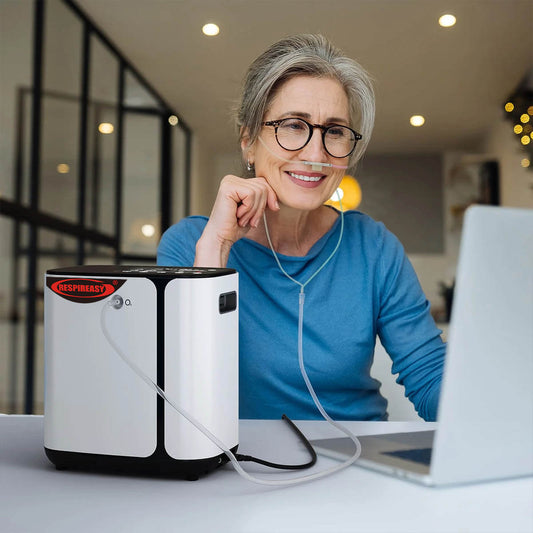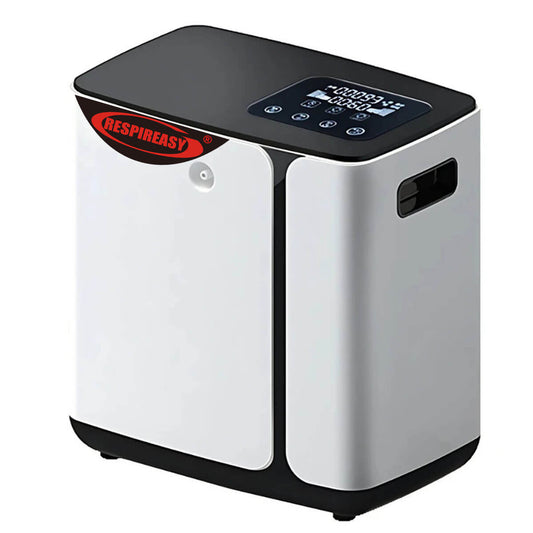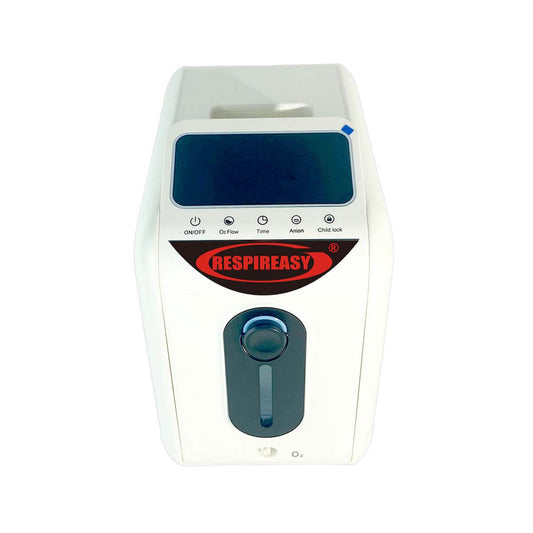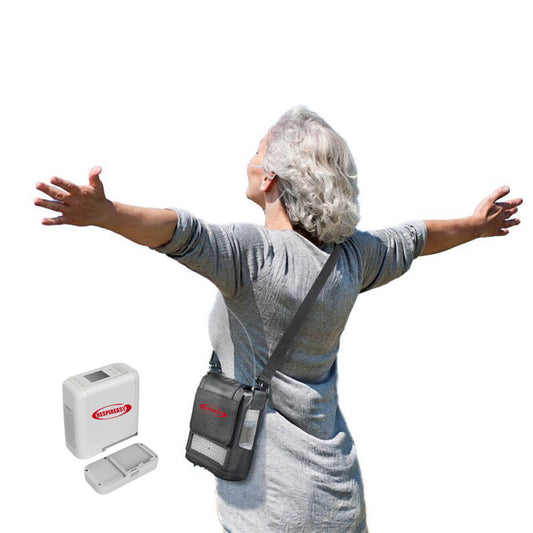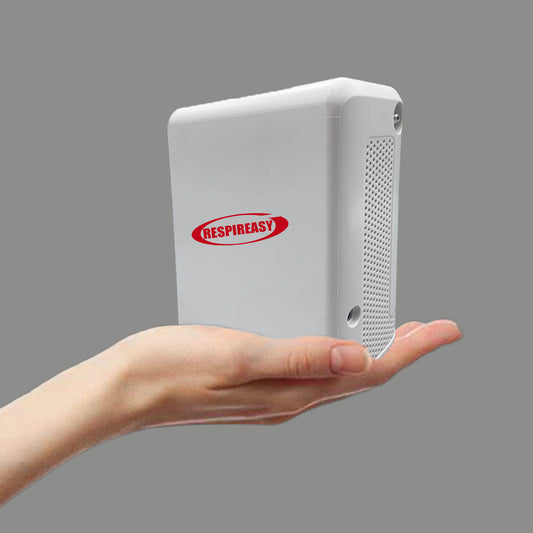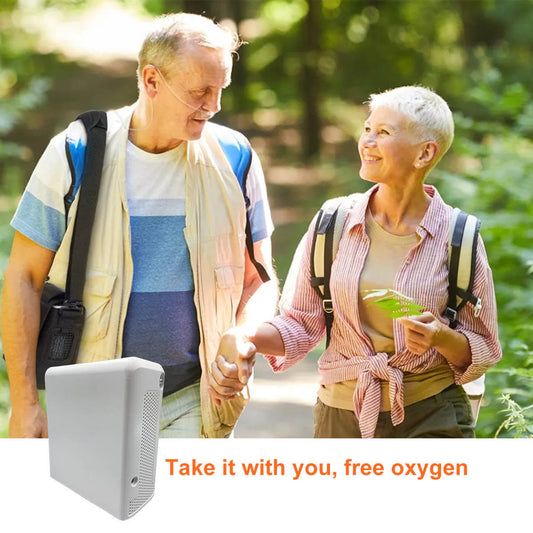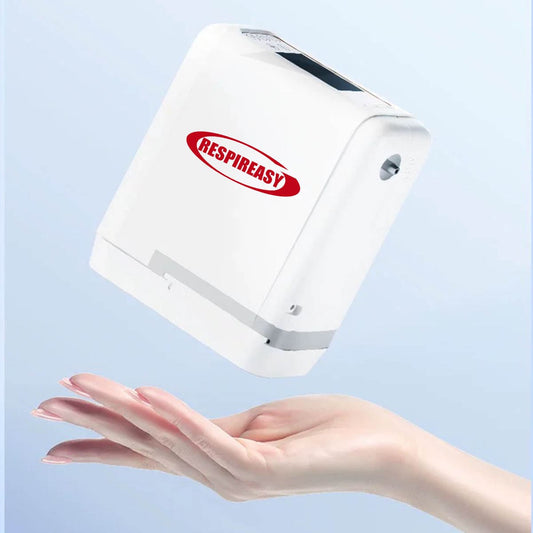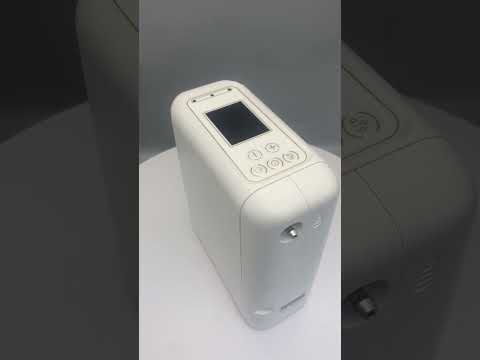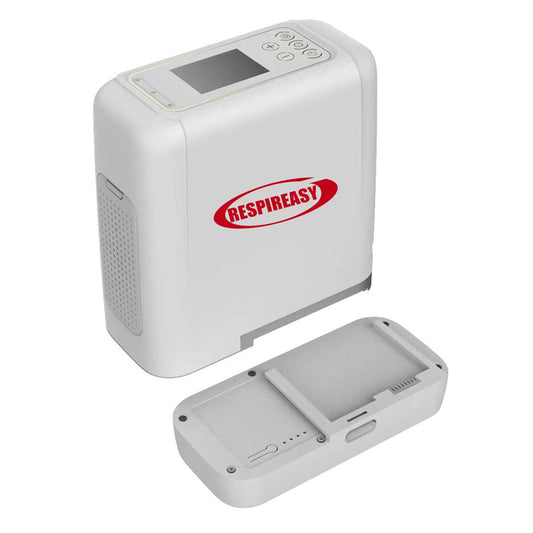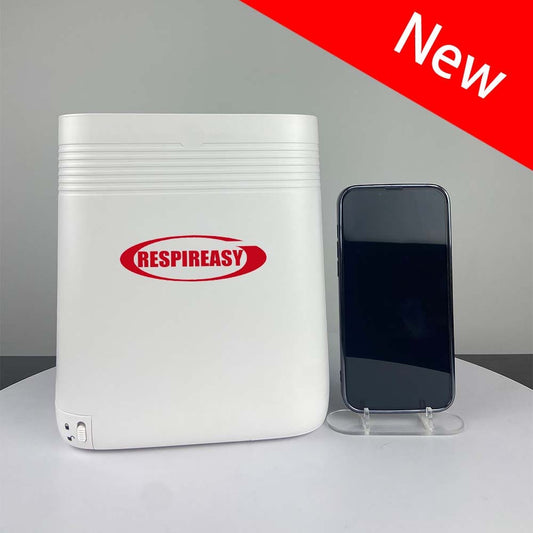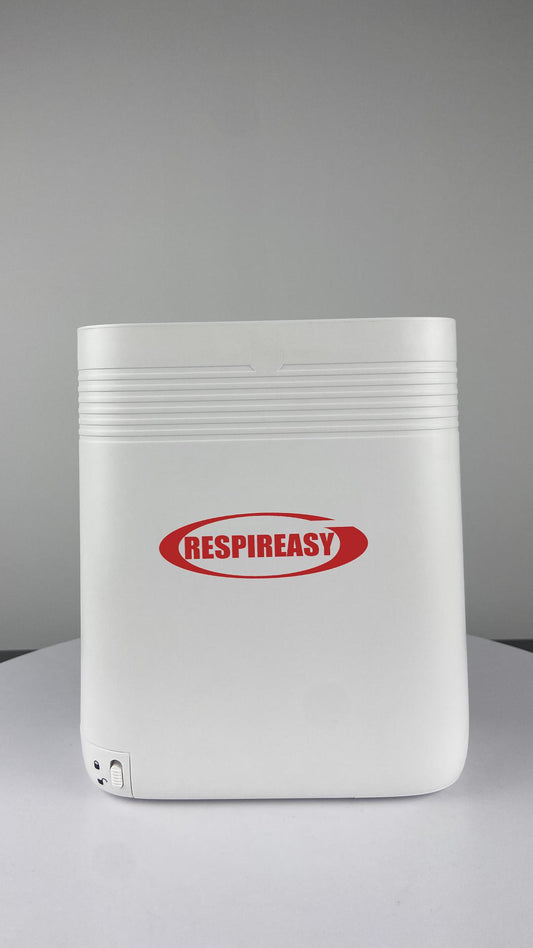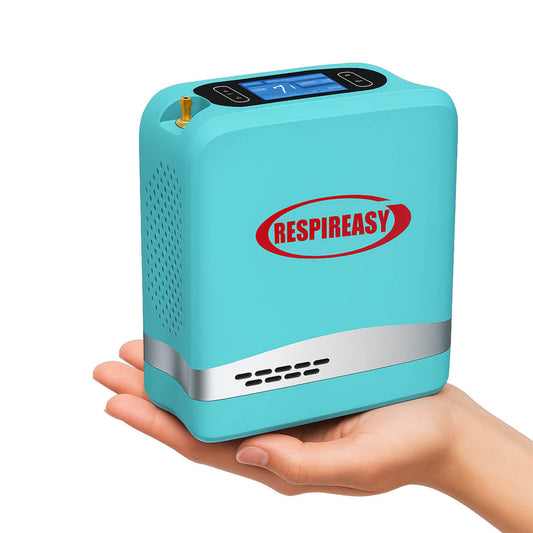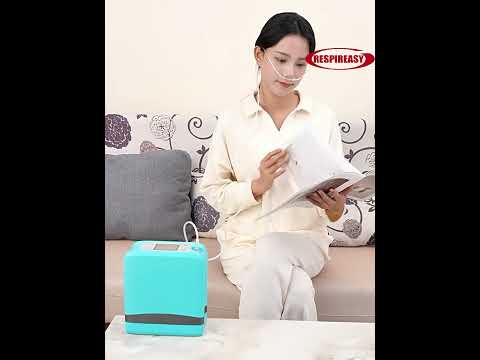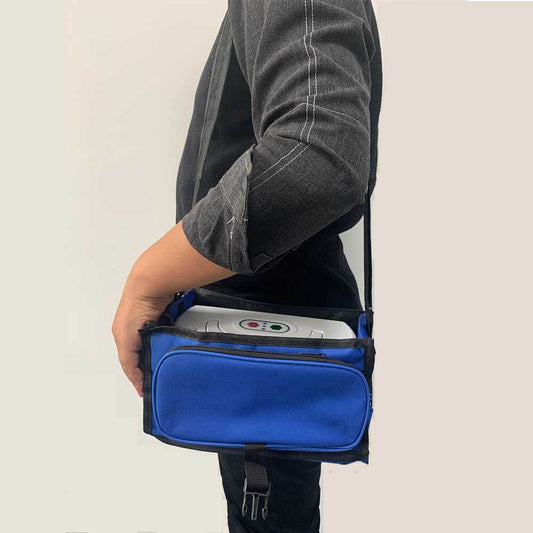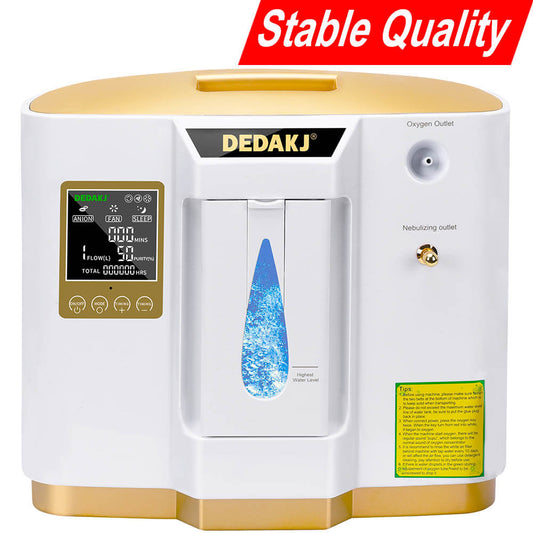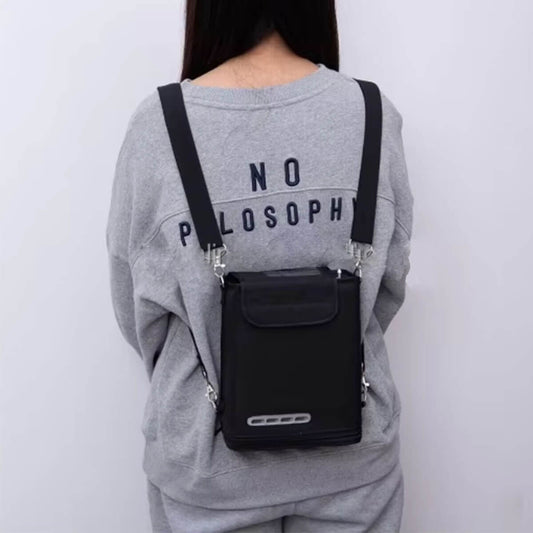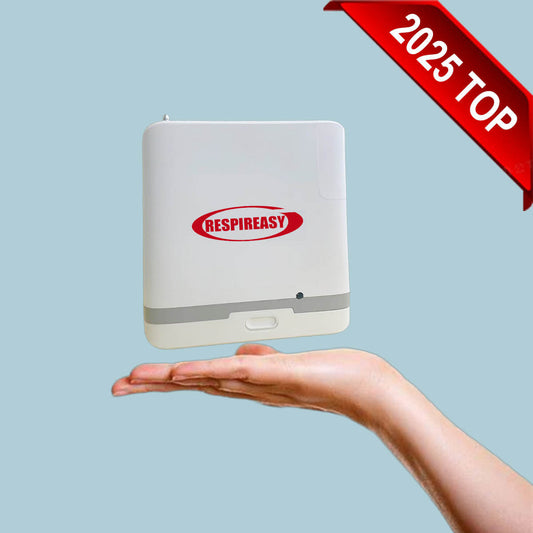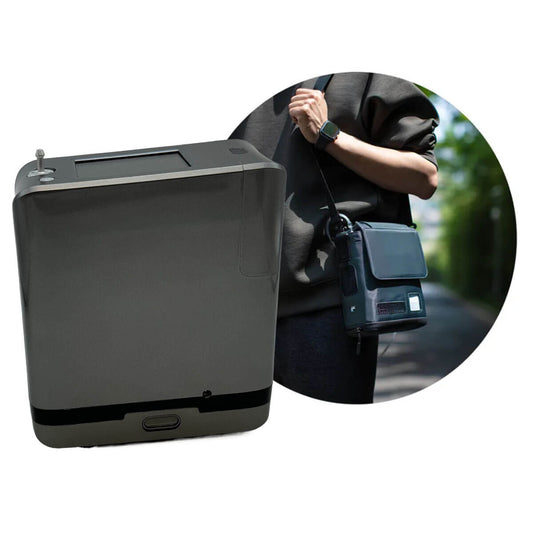How Well Do You Know About The Portable Oxygen Concentrator?

1,POC: portable oxygen concentrator
An oxygen production device used to provide oxygen therapy, which can continuously provide an oxygen concentration of more than 90%, and the flow rate is equivalent to 1-7L/min.
Portable oxygen concentrators are similar to home oxygen concentrators (OCs), but are smaller/more mobile.
And because they are small/portable enough, most portable oxygen concentrators are now certified by the FAA for use on airplanes.

Medical oxygen concentrators were developed in the late 1970s.
Originally, they were defined as an alternative to bulky oxygen tanks, machines that could continuously provide a household source of oxygen without frequent transport.
Beginning in the 2000s, oxygen manufacturers developed portable oxygen concentrators (POCs).
The POC now supplies the patient with oxygen equivalent to 1 to 7 liters per minute (LPM: liters per minute) according to the patient's breathing rate.
The weight of the latest pulse type portable oxygen concentrator is between 1.3 and 4.5KG, and the weight of the continuous type (CF) portable oxygen concentrator is between 4.5 and 9.0KG.
2, Main function
Oxygen supply mode: the way the oxygen generator delivers oxygen to the patient
Continuous (continuous)
The oxygen supply method of the continuous oxygen concentrator is to turn on the oxygen, regardless of whether the patient is inhaling or exhaling, it will continuously output oxygen.
Continuous oxygen generator features:
Oxygen concentrators that provide continuous operation require larger molecular sieve and compressor components, as well as other electronics. This will increase the size and weight of the device by about 9KG. (Note: The oxygen delivery rate is in LPM (liter/minute)

Pulsed (on demand)
Pulse-mode portable oxygen concentrators work differently, delivering oxygen only when it detects a patient breathing in.
Features of pulse oxygen concentrator:
Impulse (also known as intermittent flow or on-demand) POCs are the smallest machines, typically weighing around 2.2 kg.
Because of their small size and lightness, the patient does not waste the physical energy gained from the treatment by carrying it.
Their ability to conserve oxygen is key to keeping the device compact without sacrificing oxygen supply time.
Most current POC systems deliver oxygen by pulse (on demand) and are used with nasal cannula to deliver oxygen to the patient.

Main components and principles:
The operating principle of the POC portable oxygen concentrator is the same as that of the household oxygen concentrator, both of which use PSA pressure swing adsorption technology.
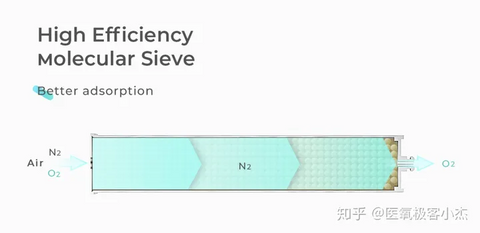
The main components are small air compressor/molecular sieve tank/oxygen storage tank, solenoid valve and pipeline.
Workflow: In one cycle, the internal compressor compresses air through a system of molecular sieve filters, which are composed of silicate particles of zeolite, which adsorb nitrogen molecules.
The atmosphere is approximately 21% oxygen and 78% nitrogen; and 1% other gas mixtures
So the filtration process is what separates the nitrogen from the air and concentrates the oxygen.
When the required purity is achieved and the pressure of the first molecular sieve tank reaches about 139Kpa, oxygen and a small amount of other gases are released into the oxygen storage tank. When the pressure in the first cylinder drops, the nitrogen is released, the valve closes, and the gas is vented into the surrounding air.
Most of the oxygen produced is delivered to the patient and a portion is sent back to the screen to flush out any residue left in the nitrogen and prepare the zeolite for the next cycle.
The POC portable oxygen concentrator system is functionally a nitrogen scrubber capable of consistently producing up to 90% medical grade oxygen.
Main performance indicators:
Can it provide sufficient supplemental oxygen according to the patient's breathing cycle during its normal operation? To alleviate the damage of hypoxia to the human body.
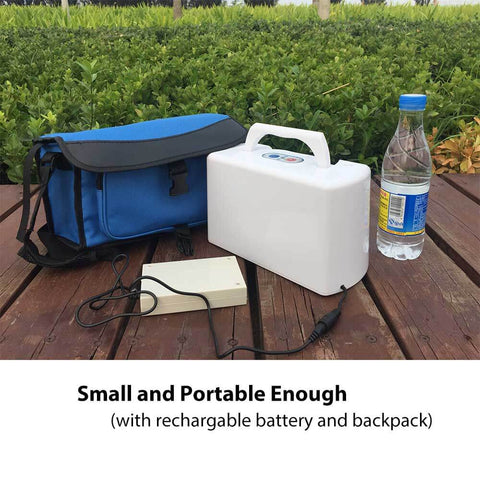
Is it possible to provide a standard oxygen concentration while maintaining the maximum flow rate?
Can it guarantee the oxygen flow required for daily use?
Can you guarantee enough battery capacity (or more batteries) and charging power cord accessories for home or car?
03 Purpose
Medicaid enables patients to use oxygen therapy 24/7, which reduces mortality by about 1.94 times compared to overnight use only.
Helps improve exercise endurance by allowing users to perform longer workouts.
Helps increase stamina during daily activities.
Compared to carrying an oxygen tank with you
POC is a safer option because it delivers purer gas on demand.
POC portable oxygen concentrator units are consistently smaller and lighter than tank systems and can provide a longer supply of oxygen.
04 aircraft use
FAA Approval
05 use at night
Portable oxygen concentrators are not recommended for patients with desaturation due to sleep apnea, and CPAP machines are usually recommended.
Nighttime use of a POC portable oxygen concentrator is a useful therapy for patients with desaturation due to shallow breathing.
Especially with the advent of alerts and technology that can detect when a patient is breathing more slowly during sleep and adjust the flow or bolus accordingly.





























